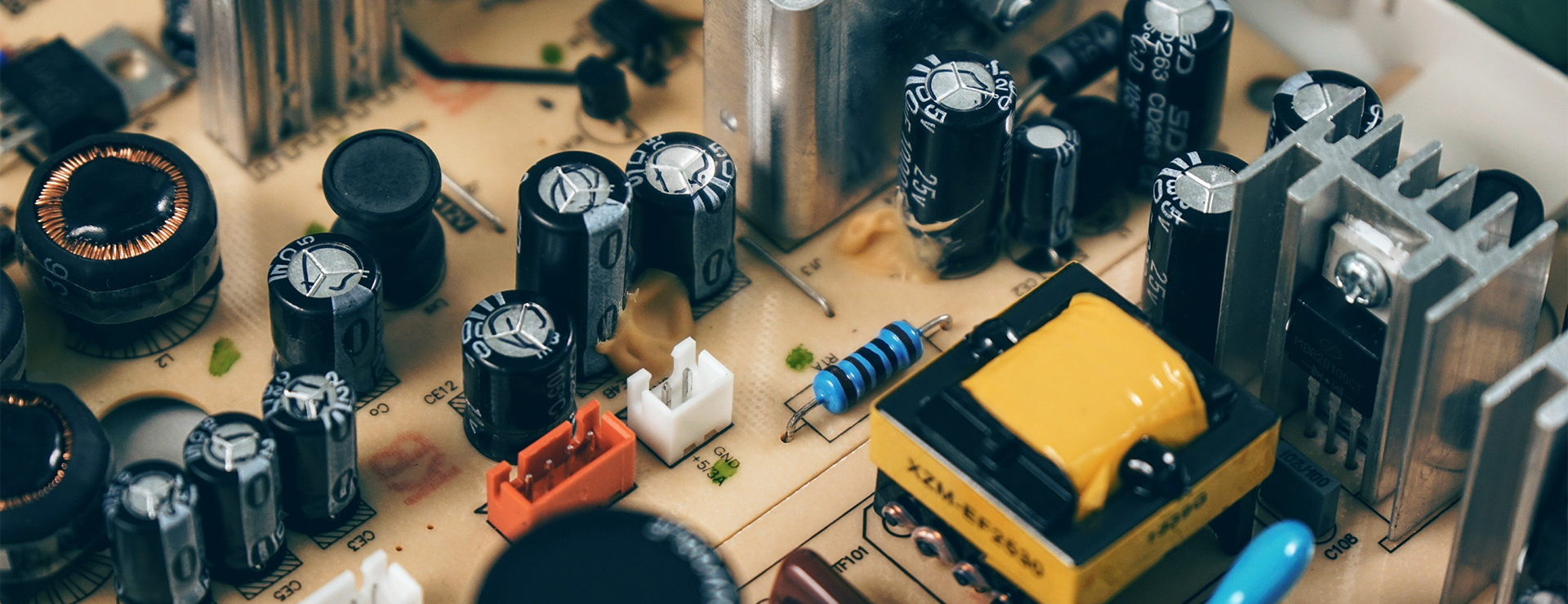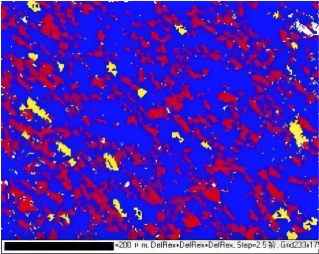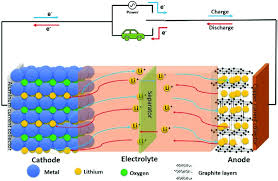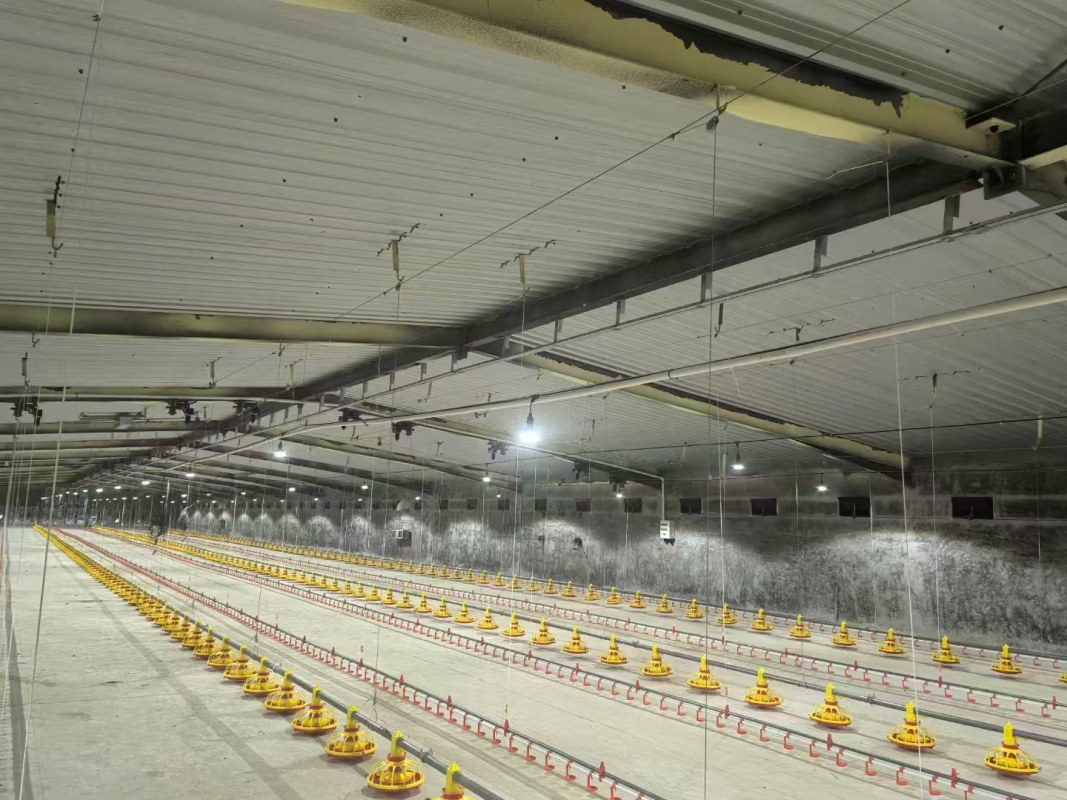What is the difference between CWDM equipment and DWDM equipment?
At present, an effective method to solve the increasing bandwidth of information transmission is to use CWDM equipment and DWDM equipment, but they are different in many aspects.
1. Channel spacing between CWDM equipment and DWDM equipment
Channel spacing is defined as the difference between the nominal carrier frequencies of two adjacent optical channels, and is generally used to prevent inter-channel interference. CWDM has a wider spacing than DWDM, it can transmit 18 wavelengths in the spectral grid of 1271 nm to 1611 nm, and the channel spacing is 20 nm. DWDM can transmit 40, 80 or 160 wavelengths, and the channel spacing can be 0.8 nm.
2. Transmission distance between CWDM equipment and DWDM equipment
Since the wavelength of dense wavelength division multiplexing equipment (DWDM) is highly integrated during optical fiber transmission, DWDM equipment can transmit longer distances than CWDM equipment. CWDM equipment currently cannot achieve unlimited distance transmission, and its maximum transmission distance is only 160 kilometers, while the transmission distance of DWDM equipment far exceeds that of CWDM equipment.
3. Modulated lasers of CWDM equipment and DWDM equipment
The system of CWDM equipment has lower requirements on the technical indicators of the laser, and generally an uncooled laser can be used; the system of DWDM equipment needs to use a cooled laser, and the cooling laser adopts a temperature adjustment method to ensure the stability of the DWDM system. With better performance, higher safety and longer service life, DWDM consume more energy than CWDM equipment.
4. Cost of CWDM equipment and DWDM equipment
Because the temperature distribution of the DWDM equipment system is uneven in a wide wavelength range, when the cooling laser technology is used to adjust the temperature, the use cost of the DWDM equipment system is increased. In addition, the system of DWDM equipment is usually four to five times more expensive than the system of CWDM equipment. However, with the increasing popularity of DWDM, the price of DWDM optical modules is nearly 20%-25% lower than that of CWDM optical modules.






